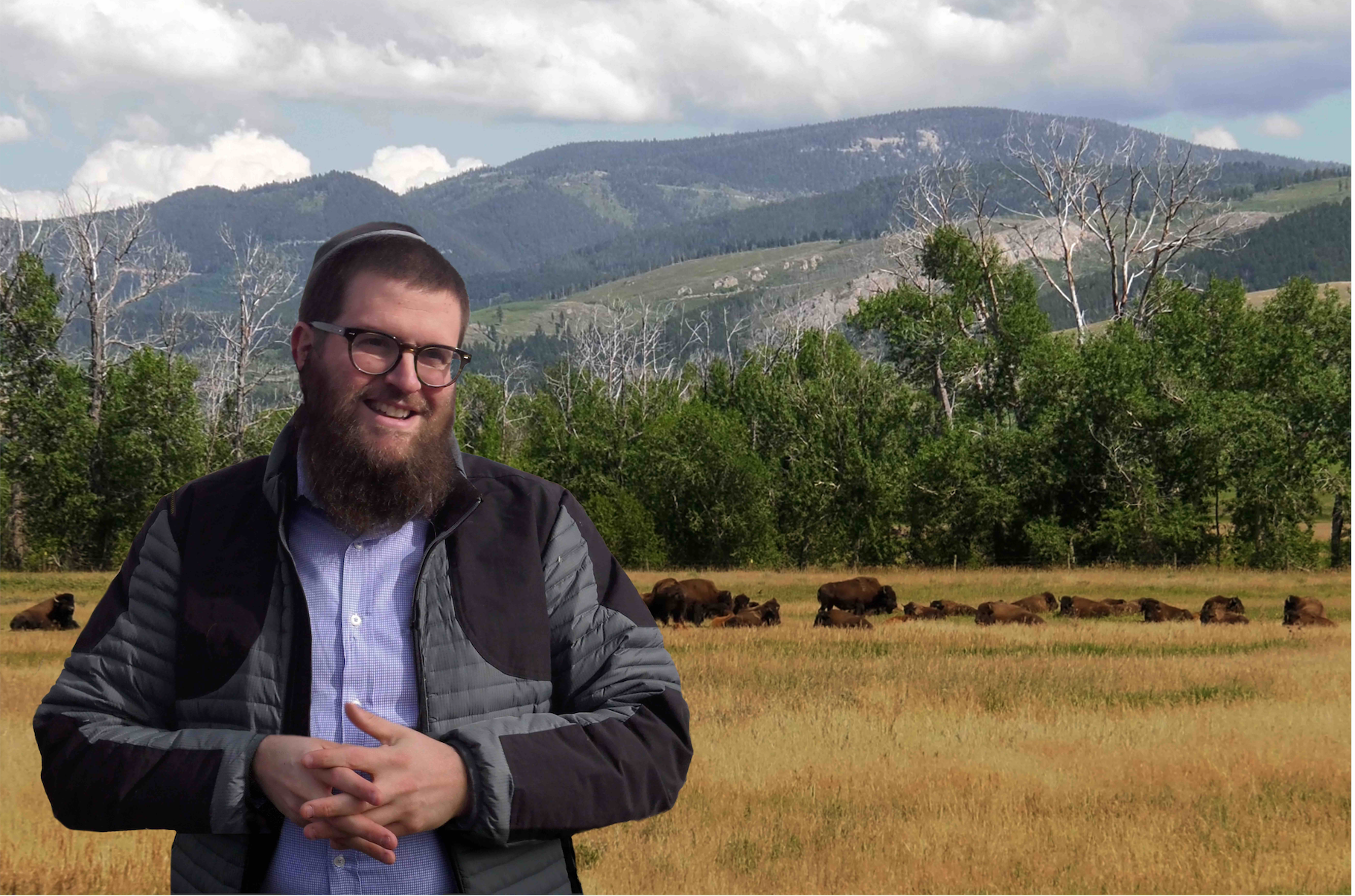
The Rabbi Goes West is a documentary profile about Chaim Bruk, a Chabad Lubavitch rabbi, who ventured west to set up a Chabad center in Montana.
So did you hear the one about the Chasidic rabbi that moved to Montana? If you haven’t yet, you will now! Co-directors Gerald Peary and Amy Geller follow Rabbi Chaim Bruk around Montana as he sets forth to make good on a promise. The promise being that every Jew in Montana would have a kosher mezuzah. There are approximately 2,000 Jews living in Montana. This promise didn’t exactly sit well with some of the other Jews in the area. Over time, they would come to know the Bruk family and what Chabad represents.
Through this film, we get a first-hand account of how some of the other Rabbis react to his arrival. At one point, Rabbi Chaim sits down with his Reform counterpart, Ed Stafman. The two clearly don’t see eye to eye on things. This also goes for Conservative rabbi Francine Roston. We especially see this through how everyone reacts when neo-Nazis decide to cyber-storm the Jewish community. Chaim responds by spreading the light through Torah. Naturally, the Chabad way to respond is always by spreading light–especially Torah.
During the film, the Bruks address why they decided to adopt children. Adoption–at least in Chasidic Judaism–is seen as a taboo. Regardless, they’ve managed to adopt five children into their home. For me, this came to be one of the eye-opening parts of the film. Let me just say right now that no writing in a film review is going to do justice to this segment of the film.
The film is well-directed by co-directors Gerald Peary and Amy Geller. On the outside looking in, one would think this film is about a Chasidic rabbi. It’s more than just that. The film is also about a community and the different feelings that come within said community. There are community members who see the Bruks as a threat while others have grown to enjoy what Chabad represents within the small town.
I am coming into this film through the perspective of attending Chabad services weekly. As such, I have first-hand of experience of what they represent. While Chabad davens with a mechitza, there are people who are not so comfortable with men and women sitting on separate sites. There’s more than just davening as there are classes or opportunities to perform mitzvot. This could be wearing tefillin or maybe shaking the lulav and etrog during Sukkot. The end goal is to connect Jews–unaffiliated and not–with Judaism and there’s nothing wrong with that. While I might differ with some of my Chasidic friends about politics, we’re still Jewish at the end of the day.
Through profiling Rabbi Chaim Bruk and other Jews in the area, The Rabbi Goes West also shows how Chabad operates in small town America.
DIRECTORS: Gerald Peary and Amy Geller
SCREENWRITER: Gerald Peary
FEATURING: Chaim Bruk, Francine Roston, Allen Secher, Ed Stafman





